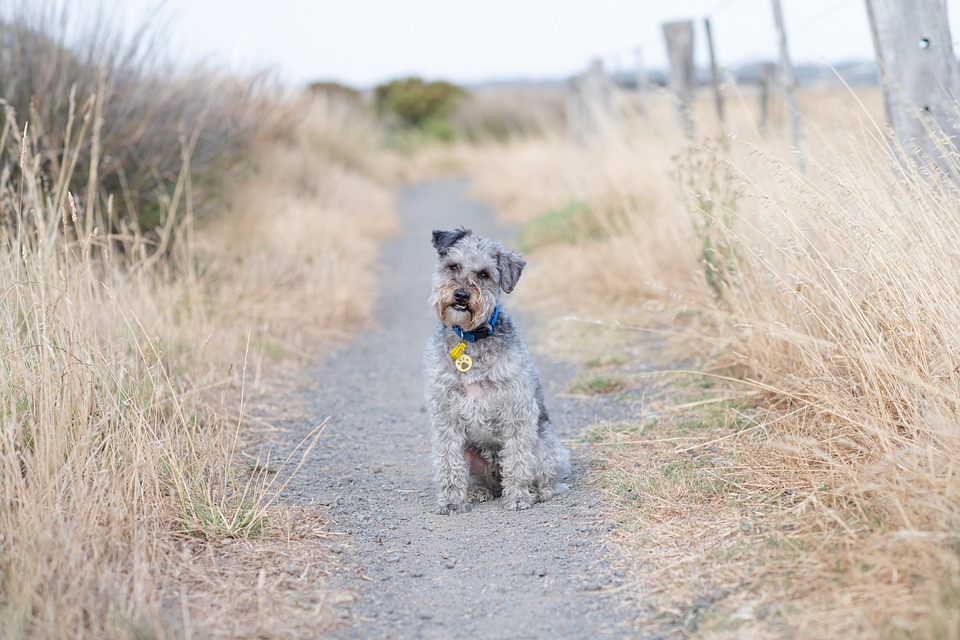Introduction:
Bringing a new dog into a household that already has a small animal can be an exciting yet challenging experience. Properly introducing the two can set the foundation for a harmonious coexistence and prevent potential conflicts. In this blog post, we will explore effective strategies for introducing a new dog to a small animal, along with some commonly asked questions regarding this process.
I. Understanding the Small Animal’s Behavior and Needs
Before introducing a new dog to a small animal, it is important to research and understand the natural instincts and behaviors of the small animal. This will help you create a safe and comfortable space for them. For example, if you have a small rodent, they may feel more secure in an elevated cage or hiding spots. Identifying any potential stress triggers for the small animal, such as loud noises or sudden movements, can also help you prepare their environment accordingly.
II. Preparing the New Dog for the Introduction
It is crucial to ensure that the new dog is well-trained and responds to basic commands before the introduction. This will help establish your control over the dog and ensure their behavior is manageable during the process. Additionally, familiarizing the new dog with the small animal’s scent can be done by allowing them to sniff each other’s bedding or toys. Gradually introducing the new dog to different environments and experiences can also help them adapt to new situations and reduce potential anxiety.
III. The Introduction Process
The introduction process should be done gradually and in a controlled manner. Start with an initial introduction through scent by exchanging bedding or toys between the dog and small animal. This will help them become familiar with each other’s scent before any visual or physical interactions. Controlled visual introductions can be done by using a baby gate or a transparent barrier, allowing both animals to see and observe each other without direct contact. Once they are comfortable with visual interactions, supervised physical introductions in a neutral territory can be initiated.
IV. Monitoring and Assessing Interactions
During the introductions, it is essential to closely observe the body language and reactions of both the dog and small animal. Signs of stress or aggression, such as growling, hissing, or raised fur, should be noted. If any signs of stress or aggression arise, it is important to intervene immediately and separate the animals. Gradually increasing the duration and proximity of interactions can be done as the animals become more comfortable with each other.
V. Building a Positive Association
To build a positive association between the dog and small animal, it is important to reward calm and friendly behavior from both. treats, praise, and gentle petting can be used to reinforce positive behavior. Providing separate spaces for the small animal to retreat to if needed is also crucial, as it allows them to have a safe space away from the dog. Over time, supervised play and positive interactions between the two can be encouraged, further strengthening their bond.
FAQs (Frequently Asked Questions):
1. Can any dog be safely introduced to a small animal?
While most dogs can be safely introduced to small animals, some dogs may have a higher prey drive or aggressive tendencies that make the introduction process more challenging. It is essential to assess the dog’s temperament and seek professional guidance if needed.
2. How long does the introduction process usually take?
The introduction process can vary depending on the individual animals involved. It may take a few days to several weeks for them to become comfortable with each other. Patience and consistency are key during this process.
3. What signs should I look for to determine if the introduction is going well?
Signs of a successful introduction include calm and relaxed body language, positive interactions, and a lack of fear or aggression. Both the dog and small animal should show gradual acceptance and interest in each other.
4. My dog seems overly interested or aggressive towards my small animal, what should I do?
If your dog displays excessive interest or aggression towards the small animal, it is important to intervene immediately and separate them. Seeking guidance from a professional trainer or behaviorist can help address any underlying issues and ensure a safe introduction process.
5. Is it possible for a dog and small animal to become lifelong companions?
Yes, it is possible for a dog and small animal to become lifelong companions. With proper introduction, socialization, and supervision, they can develop a bond and live harmoniously together.
6. Should I consult a professional trainer or behaviorist for assistance in the introduction process?
If you are unsure about the introduction process or if your dog has a history of aggression, it is recommended to consult a professional trainer or behaviorist. They can provide guidance, assess the animals’ behavior, and offer valuable advice tailored to your specific situation.
7. Are there specific small animal breeds that are more adaptable to living with dogs?
While some small animal breeds may have a more adaptable nature, it ultimately depends on the individual animal’s temperament and socialization. It is important to consider the unique needs and behaviors of each breed and introduce them to a dog accordingly.
Conclusion:
Successfully introducing a new dog to a small animal requires patience, careful planning, and a solid understanding of both their behaviors and needs. Following the strategies outlined in this article, while keeping the FAQs in mind, can help foster a harmonious relationship between your dog and small animal companion. Remember, each introduction is unique, and seeking professional guidance when necessary can further support a positive outcome.









